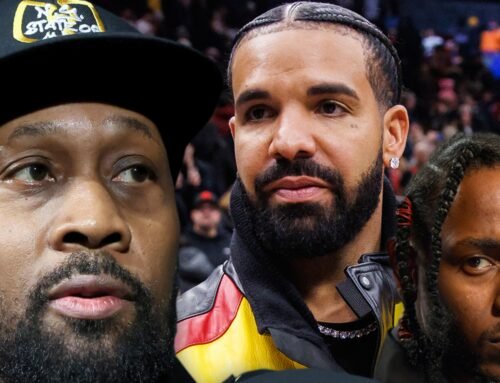Are you practicing “strategery?”
Strategery wasn’t a recognized word until 2000, when it was used in a “Saturday Night Live” sketch satirizing George W. Bush and Al Gore, two candidates for president. While funny sounding, the word seemed to epitomize the twisted machinations that often take place behind the scenes to ensure particular outcomes, and it stuck.

Humor aside, having an effective strategy, whatever you call it, is the only way to professionally address your communication needs. Without a strategic plan in place, marketing and communication efforts are isolated. They won’t build upon each other to move you toward reaching your overall goals. Advertising, public relations, digital marketing, community engagement — they all perform significantly better when aligned with each other and when they are working with and for each other through a comprehensive planned strategy.
A strategy is a logical mix of policy and action designed to surmount a high-stakes challenge — in this case, the success of your business communication efforts. The basis of a good strategy is to diagnose the challenge or goal, develop guiding value propositions and create coherent objectives and messaging to enhance all actions, including building loyalty for your brand. As noted by Sun Tsu, an ancient Chinese military strategist, “Strategy without tactics is the slowest route to victory, tactics without strategy is the noise before defeat.” I would add that tactics without strategy create the noise of an impending trouncing.
Strategists are adept at not only looking at the immediate goal, but understanding the context in which the business is operating: “Perception is strong and sight weak. In strategy it is important to see distant things as if they were close and to take a distanced view of close things.” — Miyamoto Musashi.
Context includes internal and external components. Experienced strategists know how to achieve desired results through engagement with key public and communities. They utilize a tool box full of methods calculated to achieve the right results with the right people at the right time. They know communication is a two-way street and is most powerful when accomplished through solid relationship building that is thoughtfully created over time. Strategists look ahead and are ever aware of changing conditions or trends that may impact the planning process. They never work in echo chambers or silos of information.
What is the benefit of going through the effort to define a strategy? It’s OK to be flexible and ready for change, but if you aren’t looking ahead and planning for it, the future will set your agenda without you.
One way to look at strategy development is to consider your business or organization as a work of art. Picture your canvas —it’s blank. Now, imagine the paint as the strategies you develop to effectively communicate with important audiences. As you lay down one color and then the next, it impacts the overall appearance of the piece. Failure to consider colors already painted could lead to a less than pleasing view. The original colors may be lost, or changed. Without the original vision of how it is supposed to look, it is unlikely that by the time it is finished it will resemble what you set out to create. Your “work of art” will now create feelings in observers that either encourage them to learn more, or to look away in puzzlement or boredom. How you develop your strategy sets the course for how your finished art will ultimately be received.
Strategery or strategy — it’s all the same. Just make sure you have a good one.
Stacy Cornay is the owner of Communication Concepts Public Relations & Advertising. She may be reached at 303-651-6612; scornay@comm-concepts.com; www.comm-concepts.com; Facebook.com/Communication Concepts; Twitter @CommConceptsPR; or LinkedIn.






Leave A Comment